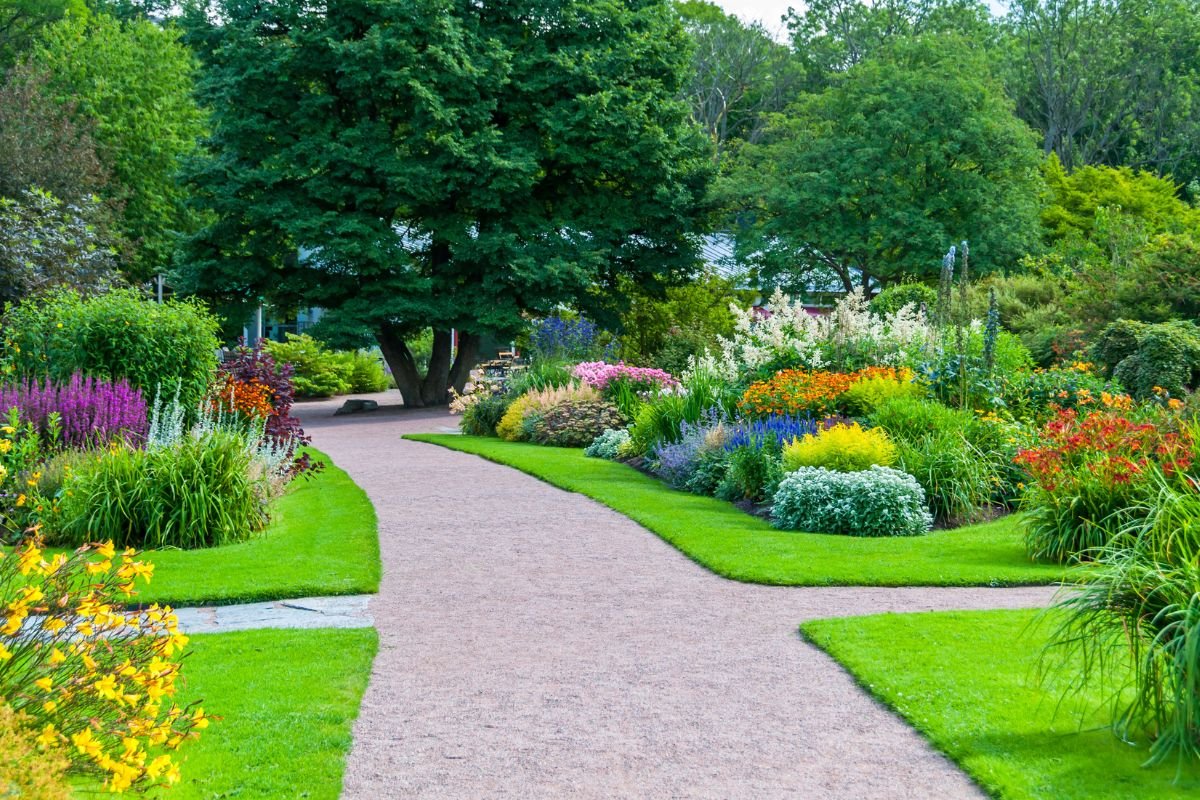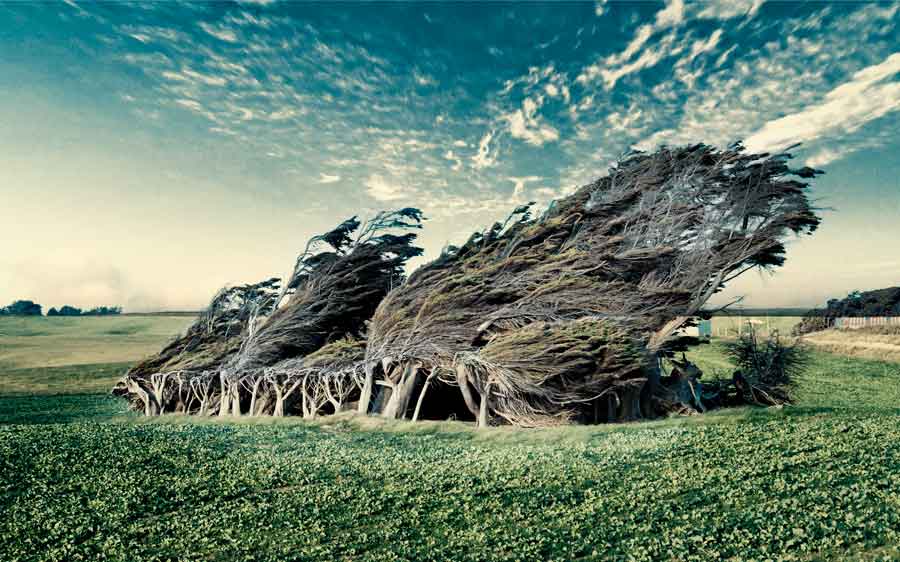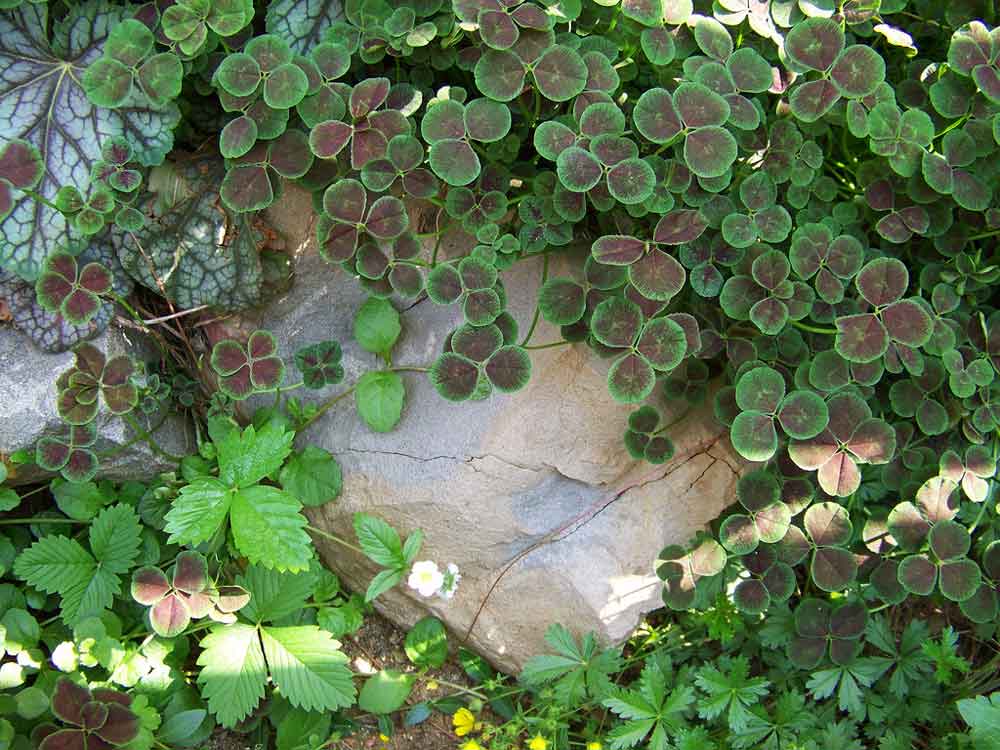Once you get your tree cutting groove on and decide to remove an unwanted tree from your yard, you may then be wondering what you can do about the tree stump. Left to its own devices, it can begin to sprout and do all kinds of weird and wonderful things. However, if you choose to remove it, you can be left with an unsightly hole and a series of root-sized crevices in your lawn. It can seem, in this case, that the best thing to do with a tree stump after tree cutting is to embrace its presence.
Rather than remove it and have to deal with the resultant crater, you can come up with some ways to repurpose it. Here are a few that may have you wanting to cut down a few more trees.
Bird bath
Buying a birdbath for the local birds in your area can cost a fortune. Even though they are worth every cent, there has to be a cheaper way to bring birds into your neighbourhood to bathe and relax. Now there is, thanks to your tree cutting exercise! All you need to do is buy a stable outdoor bowl or bath that can sit atop your newly created tree stump. The resultant moss and greenery that grows in and around it can add to its charm.
Playground
If you have been thinking about tree cutting for some time, but you haven’t gone ahead with it, then there’s still time to turn your tree stump into a playground for the kids. However, you have to remember to cut the tree down a little further up the trunk than you usually would. You can then nail pieces of wood into the trunk for little feet to climb up, and add a slide off the stump to the grass area. You will be amazed at how you can create a natural wonderland for your children with something that’s usually quite troublesome!
Chair
The problem with most outdoor furniture is that it doesn’t last forever. Metal will rust, wood will rot, and plastic goes brittle. A tree trunk, however, is there for the duration. Get creative with your tree stump by cutting out the middle section and leave a raised area around the side and back. You can then create a comfortable cushion for it and enjoy reading a book in your backyard with what nature gave you!
Table
If you’re going to have a chair, then why not have a table as well? A table is always going to be a helpful addition in your backyard. It can see you eating outdoors, using it as a potting desk for tidying your gardens, and even adding more plants on top of it, so it’s a multi-level garden. You can add a glass top that adds a touch of contemporary elegance, or opt for a more natural solution with a slab of wood.
Lighting
Solar lights on their own are cute, but in an entirely natural garden, they can take away from the old-world charm. Get it back again after tree cutting by turning your tree stump into a form of lighting! Drill holes into the base or top and add your preferred source of illumination. Solar works best outdoors and can illuminate the base quite effectively. You can then head outdoors and enjoy the ambience it offers.
Children’s games
If you’re always telling your children to get outside and enjoy nature, then make sure it’s as inviting as possible. What use is there in giving them their marching orders if your yard isn’t full of things to pique their interest and imagination? Use your old tree stump to create fun games. Tic Tac Toe is an excellent option. You can then get the kids to paint stones, so you have enough of each to fill the squares.
Piece of art
Fancy yourself to be a little bit creative? Then flex your artistic muscles and make something with your tree stump. Fashion it into little woodland creatures, build a magical castle, or even add other items to it to make it a standout statement in your yard. Tree cutting can make people nervous because they don’t know how to deal with the resultant tree stump, but it can end up being a rewarding experience.
Tree stump planter
If you spend a lot of time in the garden, or you hire someone to make it look as beautiful as possible, then add to the charm with a tree stump planter. Merely by digging out the top surface ever so slightly and adding soil, you can plant your favourite flowers that will thrive in the natural environment. The best part is, you can let the plants become overrun, and it will add to the beauty.
Rather than pull that old tree stump out after tree cutting, why not utilise it? It can become a much-loved feature of your yard as opposed to only an eyesore. Take the time to think of your options, and consider these pointers above. You never know, you could end up benefiting from your new creation in more ways than one.
.png)


















































